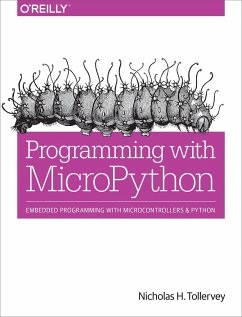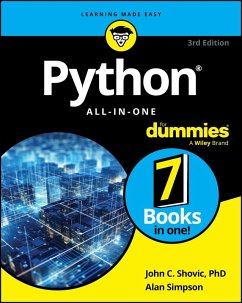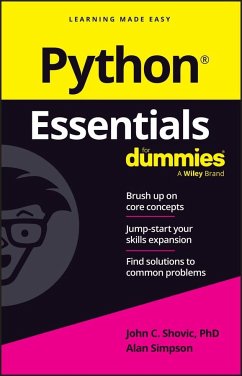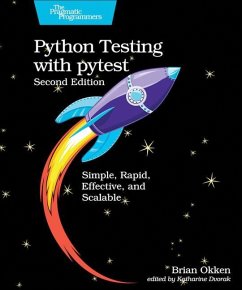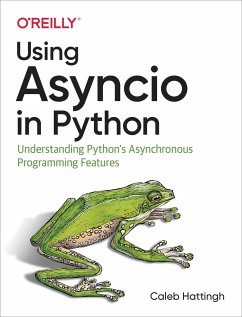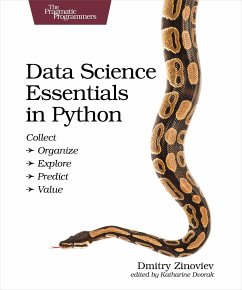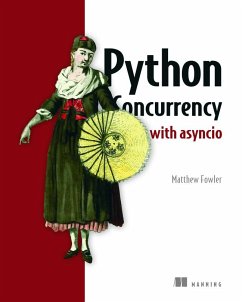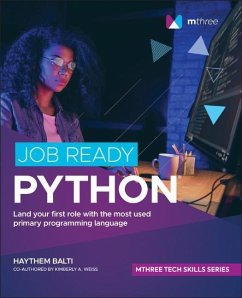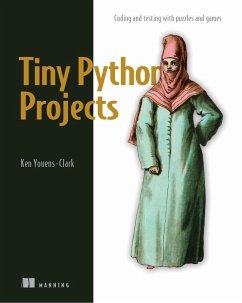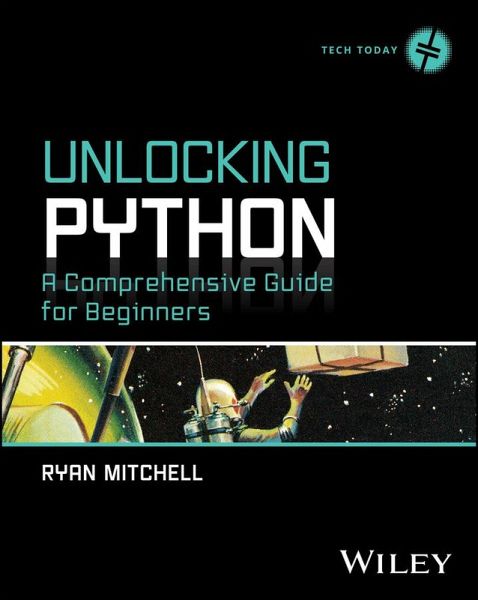
Unlocking Python
A Comprehensive Guide for Beginners
Versandkostenfrei!
Versandfertig in 2-4 Wochen
44,99 €
inkl. MwSt.
Weitere Ausgaben:

PAYBACK Punkte
22 °P sammeln!
A fun and practical guide to learning Python with a special focus on data science, web scraping, and web applications In Unlocking Python: A Comprehensive Guide for Beginners, veteran software engineer, educator, and author Ryan Mitchell delivers an intuitive, engaging, and practical roadmap to Python programming. The author walks you through the vocabulary, tools, foundational knowledge, and occasional pop-culture references you'll need to hone your skills with this popular programming language. You'll learn how to install and run Python on your own machine, get up and coding with the languag...
A fun and practical guide to learning Python with a special focus on data science, web scraping, and web applications In Unlocking Python: A Comprehensive Guide for Beginners, veteran software engineer, educator, and author Ryan Mitchell delivers an intuitive, engaging, and practical roadmap to Python programming. The author walks you through the vocabulary, tools, foundational knowledge, and occasional pop-culture references you'll need to hone your skills with this popular programming language. You'll learn how to install and run Python on your own machine, get up and coding with the language quickly, and best practices for programming both independently and in the workplace. You'll also find: * Key concepts in computer and data science explained from the ground up * Advanced Python topics such as logging, unit testing, multiprocessing, and interacting with databases. * Introductions to some of Python's most popular third-party libraries: Flask, Django, Scrapy, Scikit-Learn, Numpy, and Pandas * Amusing anecdotes from the trenches of industry Perfect for tech-savvy professionals at any stage of their careers who are interested in diving into Python programming. Unlocking Python is also a must-read for readers who work in a technical role but are interested in getting more directly involved with programming, as well as non-Python programmers who want to apply their technical skill to a new language.




